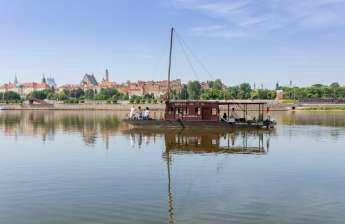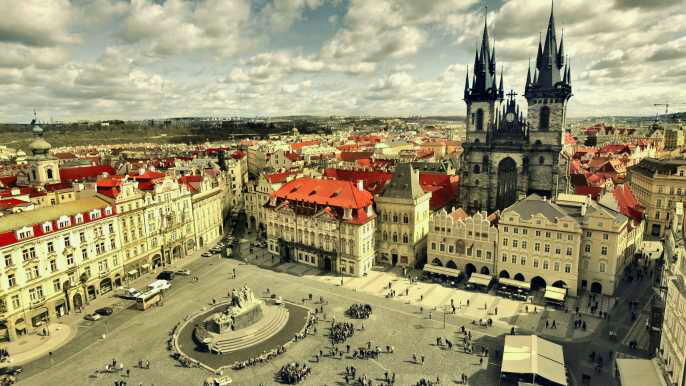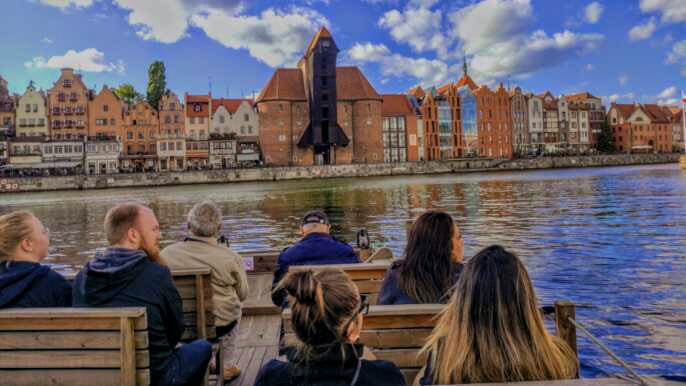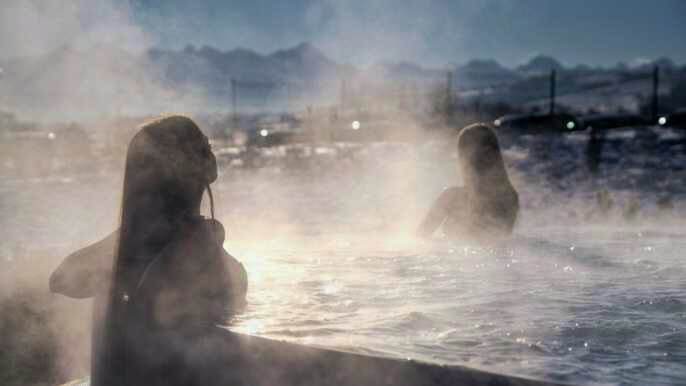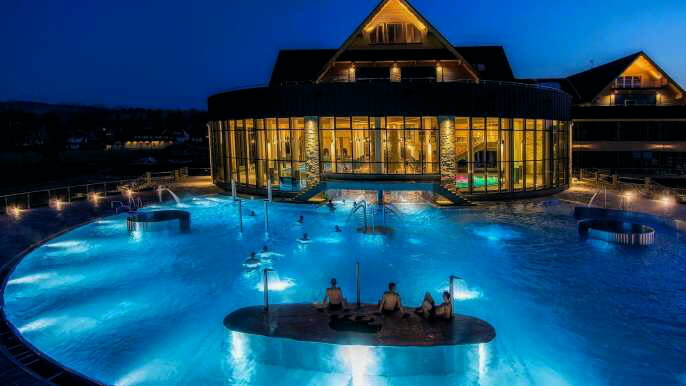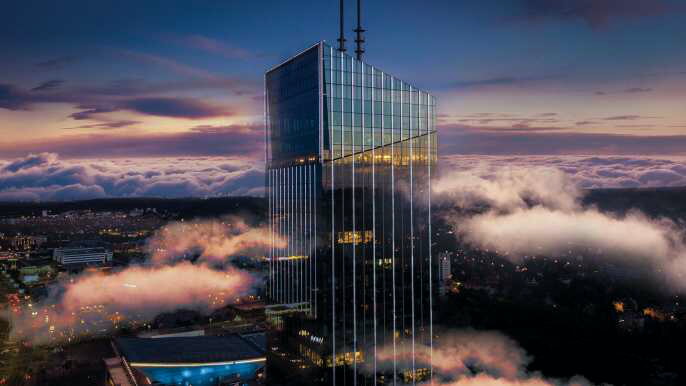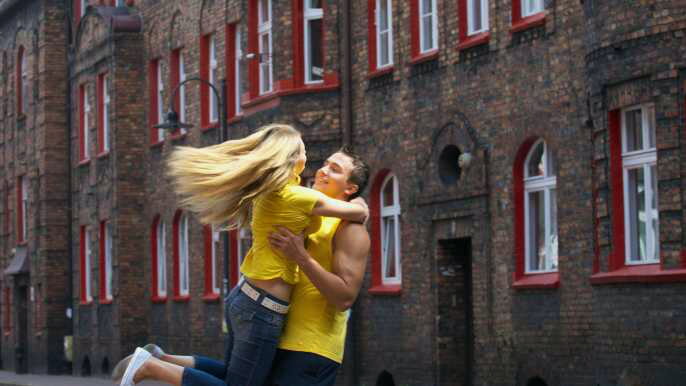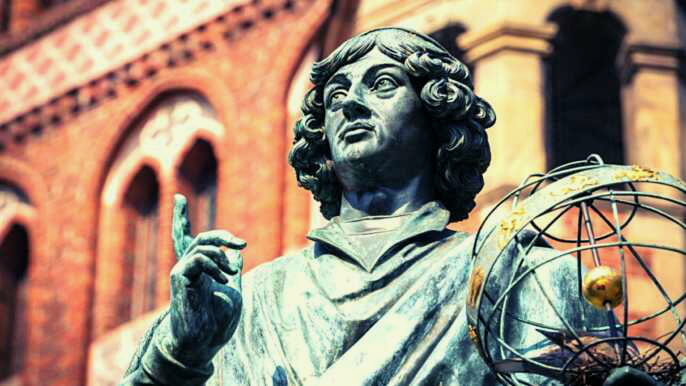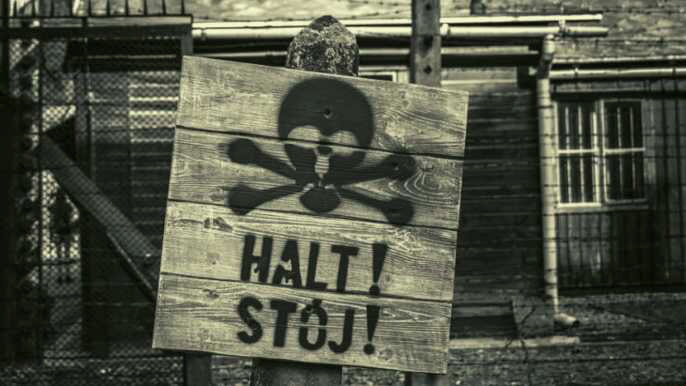Warsaw is a city that has been reborn several times, rising from the ashes like the proverbial Phoenix. It was heavily bombed and destroyed during World War II, but it has now been rebuilt.
Its Old Town is vibrant and restored, with its historic buildings largely intact. Its contrast with Soviet-era structures makes it a unique downtown area.
Palace of Culture and Science
The Palace of Culture and Science (Palac Kultury i Nauki) is one of Warsaw’s most iconic landmarks. It’s also a popular stop on many tours of the city, particularly those that focus on the communist era.
The opulent building was designed by Lev Rudnev, a Soviet architect who wanted to incorporate elements of Polish architecture into his design. He travelled to key Polish cultural sites, including Krakow and Zamosc, to learn about traditional renaissance architecture.
Today, the Palace of Culture and Science is a complex with museums, concerts, cinemas, and hip bars. It also hosts a number of international trade fairs and conferences.
Visiting the Palace of Culture and Science is a must for any traveler to Warsaw. However, you won’t be able to explore its interiors unless you book a guided tour.
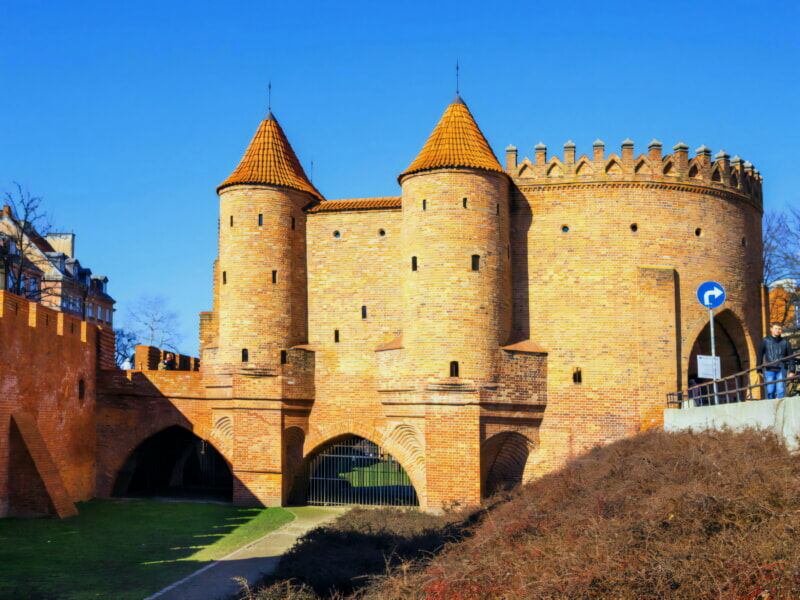
Warsaw Uprising Museum
The Warsaw Uprising Museum is a must-see for anyone interested in history. It tells the story of the uprising of 1944, one of the most important moments in Poland’s history.
The museum is housed in the former tram power station and its surrounding grounds. It traces the history of the uprising through five levels of interactive displays, photographs and film archives.
This amazing museum is a great place to learn about the history of the uprising and how it affected Polish culture. Admission is extremely affordable, especially when you factor in student discounts.
It also offers a lot of activities such as concerts, lectures, workshops and many other events. These are organized to honor and remember the insurgents who fought for freedom and freed Warsaw.
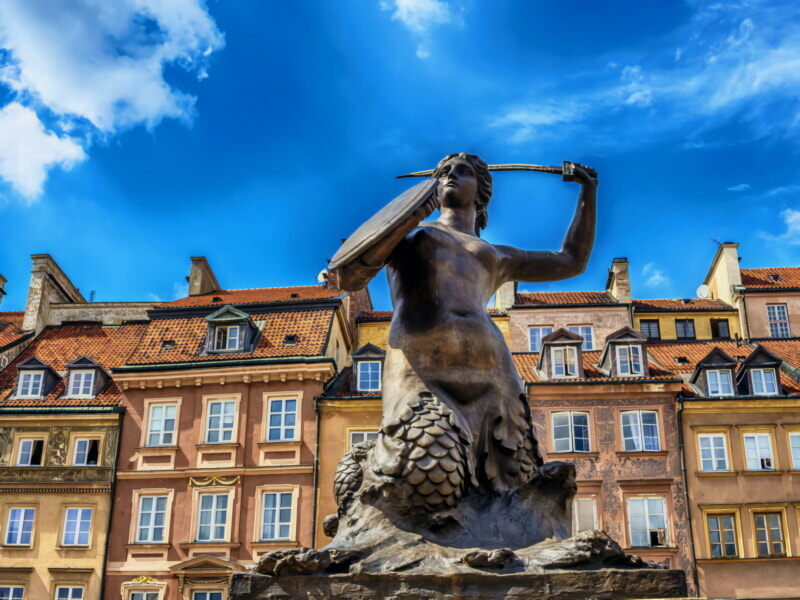
Wilanow Palace
The former home of Polish kings is one of Warsaw's must-see sites. Built in the 17th century, it was enlarged over time by successive owners and now serves as the museum of Wilanow Palace, displaying impressive royal apartments, chapels and galleries.
The palace's asymmetrical facade is a harmonious combination of European art and Old Polish building tradition. It was designed by Augustyn Locci, the court architect of king Jan III Sobieski, who initially created only a ground-floor residence typical for the buildings in the Republic of Poland, but military successes and an increase in importance of royalty encouraged him to expand his initial plan.
Over the next centuries, Wilanow Palace changed hands from royalty to wealthier owners, including Elzbieta Sieniawska, who commissioned Giovanni Spazzio to add lateral wings. Today, Wilanow is a popular tourist attraction that hosts cultural and artistic events both in the palace itself and in its surrounding park. Visitors can also take a peaceful walk through the palace gardens, where stylish sculptures and fountains set the mood.
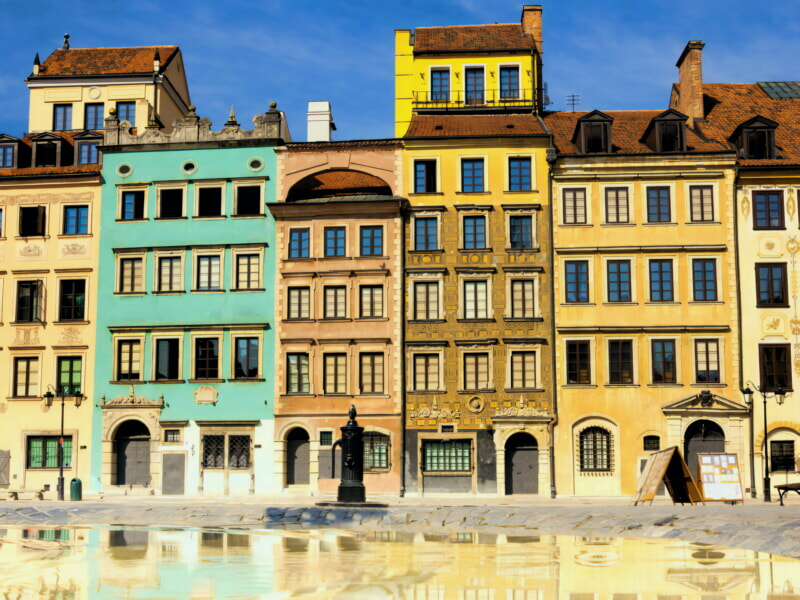
Lazienki Park
Soothe your soul with a relaxing sojourn in one of Europe’s most enchanting city parks – Lazienki Park. Nestled between Warsaw’s Old Town and the Royal Route, this park-and-palace complex once served as a summer residence for King Stanislaw August Poniatowski and now hosts several museums, music concerts and attractions.
This 188-acre park boasts a couple of palaces, an amphitheater and many beautiful gardens, ponds, bridges, sculptures and native and exotic plants. About 100,000 flowers bloom in spring, so it’s a great place for nature lovers.
The most popular attraction of this historic site is the Palace on the Isle, originally a baroque bathhouse. This neoclassical residence is built on a small island in Lake Lazienki and includes private and state rooms, the ballroom, bedchambers and a portrait cabinet.
The palace and its museum are open daily, except on select holidays or Thursdays. If you’re a music lover, you can attend free Chopin concerts in the garden.
